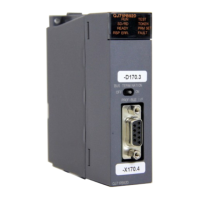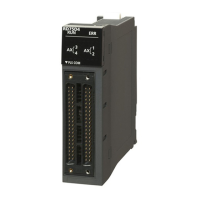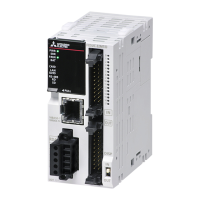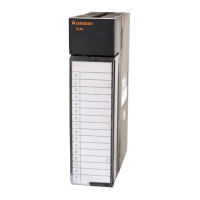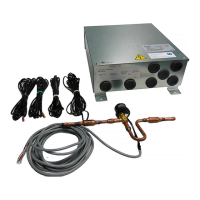Why is the FAULT light ON on my Mitsubishi Electric Control Unit?
- BbbradleyAug 5, 2025
If the FAULT light is on for your Mitsubishi Electric Control Unit, it could be due to an active slave station not being set for the parameter, or a slave station's address overlapping with the master station's. To resolve this, correct the parameters. If the FAULT LED remains on after correcting the parameters, further assistance may be needed.
